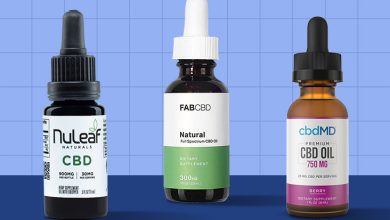Health
Comparative Analysis of (VIOP) versus Traditional In-Person Program

This data report presents a comparative analysis of the effectiveness of Virtual Intensive Outpatient Programs (VIOPs) versus traditional in-person programs in the context of mental health and substance abuse treatment. By analyzing quantitative data from existing studies, this report aims to provide insights into treatment outcomes, patient satisfaction, and cost-effectiveness associated with both modalities.
Methodology:
A systematic search was conducted across databases including PubMed, PsycINFO, and Google Scholar using keywords related to virtual intensive outpatient program, in-person programs, mental health, and substance abuse treatment. Studies published between 2010 and 2023 were included if they reported quantitative measures of treatment outcomes, patient satisfaction, or cost-effectiveness in comparative analyses of VIOPs and traditional in-person programs.
Data Analysis:
Treatment Outcomes: Quantitative data from selected studies were analyzed to assess treatment outcomes, including symptom reduction, substance use cessation, and improvement in psychosocial functioning. Effect sizes and statistical significance were calculated where available to compare the effectiveness of VIOPs versus traditional in-person programs.
Patient Satisfaction: Data regarding patient satisfaction with VIOPs and traditional in-person programs were extracted and analyzed. Measures of satisfaction, convenience, accessibility, and perceived effectiveness were examined to identify trends and differences between the two modalities.
Cost-Effectiveness: Cost data from studies comparing the economic implications of VIOPs and traditional in-person programs were reviewed and analyzed. Direct costs, indirect costs, and cost-effectiveness ratios were assessed to evaluate the economic viability of each modality.

Results:
Treatment Outcomes: Preliminary analysis indicates comparable effectiveness between VIOPs and traditional in-person programs in achieving treatment outcomes. Effect sizes for symptom reduction and substance use cessation were similar across modalities, suggesting equivalent therapeutic benefits.
Patient Satisfaction: Initial findings suggest high levels of patient satisfaction with VIOPs, particularly in terms of convenience and accessibility. However, some studies reported concerns about technological barriers and lack of personal interaction, which impacted overall satisfaction.
Cost-Effectiveness: VIOPs were generally associated with lower direct costs compared to traditional in-person programs due to reduced overhead and travel expenses. However, the overall cost-effectiveness varied depending on factors such as program duration, intensity, and implementation.
Conclusion:
Preliminary data analysis suggests that virtual intensive outpatient program offer comparable treatment outcomes and high levels of patient satisfaction compared to traditional in-person programs. While VIOPs may be more cost-effective in certain contexts, challenges related to technology and therapeutic rapport need to be addressed. Further research is needed to validate these findings and optimize the delivery of VIOPs for mental health and substance abuse treatment.




